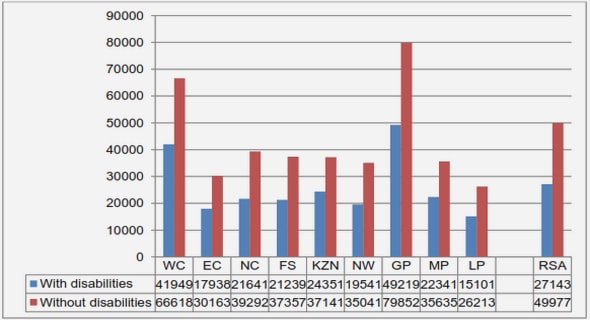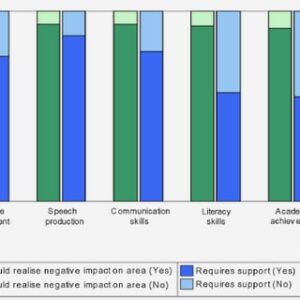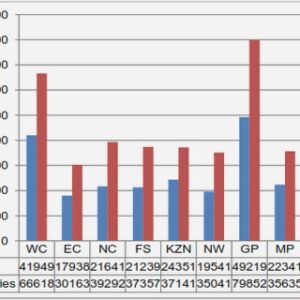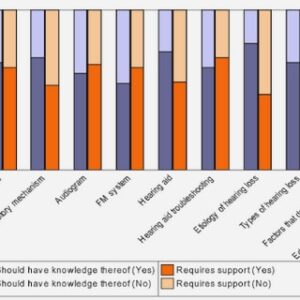(Downloads - 0)
For more info about our services contact : help@bestpfe.com
Table of contents
CHAPTER 1. STATE-OF-THE-ART
1.1. Oleaginous Microorganisms
1.1.1. Oleaginous Yeast
1.1.1.1. Oleaginous yeast of major interest: Yarrowia lipolytica
1.2. Classification of Fatty Acids Based on Their Chain Length
1.3. Lipid Metabolism in Yeast
1.3.1. Lipid Synthesis and Citrate Metabolism: General Considerations
1.3.2. Intracellular Lipid Accumulation
1.3.2.1. De novo Lipid Synthesis
1.3.2.1.1. Fatty Acid Synthesis
1.3.2.1.2. Triacylglycerol Synthesis
1.3.2.2. Ex-novo Lipid Synthesis
1.4. Key Enzymes of Intermediary Metabolisms
1.4.1. NAD+-dependent: Isocitrate Dehydrogenase
1.4.2. Malic Enzyme
1.4.3. Malate Dehydrogenase
1.4.4. ATP Citrate Lyase
1.4.5. Acetyl-CoA Carboxylase
1.5. Fatty Acid Synthase Enzyme System
1.5.1. Fatty Acid Synthase inhibitions with small molecules
1.5.1.1. Triclosan
1.5.1.2. Orlistat
1.5.1.3. Cerulenin
1.6. Conclusion
CHAPTER 2. MATERIALS & METHODS
2.1. Microorganisms
2.1.1. Cryopreservation of the strains
2.2. Media and Growth Conditions
2.2.1. Medium compositions for shake flask cultures
2.2.2. Medium composition of initial fed-batch cultures
2.3. Pre-Cultures
2.3.1. Preparation of working plates
2.3.2. Preparation of inoculums
2.4. Bioreactor
2.4.1. General description of bioreactor
2.4.2. Culture design and strategy
2.5. Inhibitory Molecules
2.6. Analytical Methods
2.6.1. Determination of biomass concentration
2.6.2. Determination of extracellular metabolites
2.6.2.1. Determination of glucose concentration by YSI
2.6.2.2. Determination of organic acids and glucose concentrations by HPLC
2.6.2.3. Determination of ammonium ion concentration
2.6.3. Determination of intracellular metabolites
2.6.3.1. Extraction and quantification of total lipid content
2.6.3.2. Identification and quantification of lipid content and composition
2.6.3.3. Calculations of lipid accumulation and fatty acid profile
2.6.3.4. Observation of lipid accumulation
2.6.4. Cell viability and cell morphology assessments by flow cytometer
2.7. Data Treatment
2.7.1. Mass balances for a state variable A for batch cultures
2.7.2. Mass balances for a state variable A for fed-batch cultures
2.7.3. Data Smoothing
2.7.4. Gas analysis
2.7.5. Ratio of N/C
CHAPTER 3. RESULTS AND DISCUSSIONS
3.1. Screening Strategy of Inhibitory Molecules
3.1.1. Impact of different solvent usage
3.1.2. Preliminary screening with triclosan as a model inhibitory molecule
3.1.2.1. Triclosan dissolved in Dimethyl Sulfoxide
3.1.2.2. Triclosan dissolved in Ethanol
3.1.3. Conclusions
3.2. Strain Characterization of Yarrowia lipolytica
3.2.1. Modulation of the metabolic shift from oxidative metabolism to lipid accumulation and citric acid production in Yarrowia lipolytica
3.2.2. Fed-batch culture of Y. lipolytica JMY3501 under nitrogen limitation with solvent pulses
3.2.3. Conclusions
3.3. Fed-batch cultures of Yarrowia lipolytica under nitrogen limitation with cerulenin pulses
3.3.1. Fed-batch culture of Yarrowia lipolytica JMY3501 under nitrogen limitation with cerulenin pulses
3.3.1.1. Fed-batch culture of Yarrowia lipolyticaJMY3501 under nitrogen limitation with high dosage of cerulenin pulses
3.3.1.2. Fed-batch culture of Yarrowia lipolytica JMY3501 under nitrogen limitation with middle dosage of cerulenin pulses
3.3.1.3. A single cerulenin pulse
3.3.2. Cell Viability and Morphology
3.3.2.1. Cell Viability
3.3.2.1.1. Reference Culture
3.3.2.1.2. High dosage of cerulenin pulses
3.3.2.1.3. Middle dosage of cerulenin pulses
3.3.2.2. Cell Morphology
3.4. Fed-batch culture of Yarrowia lipolytica JMY3501 under nitrogen limitation with Orlistat
3.4.1. Orlistat pulses
3.4.2. Cell Viability and Cell Morphology
CHAPTER 4. CONCLUSION AND PERSPECTIVES
CHAPTER 5. REFERENCES




